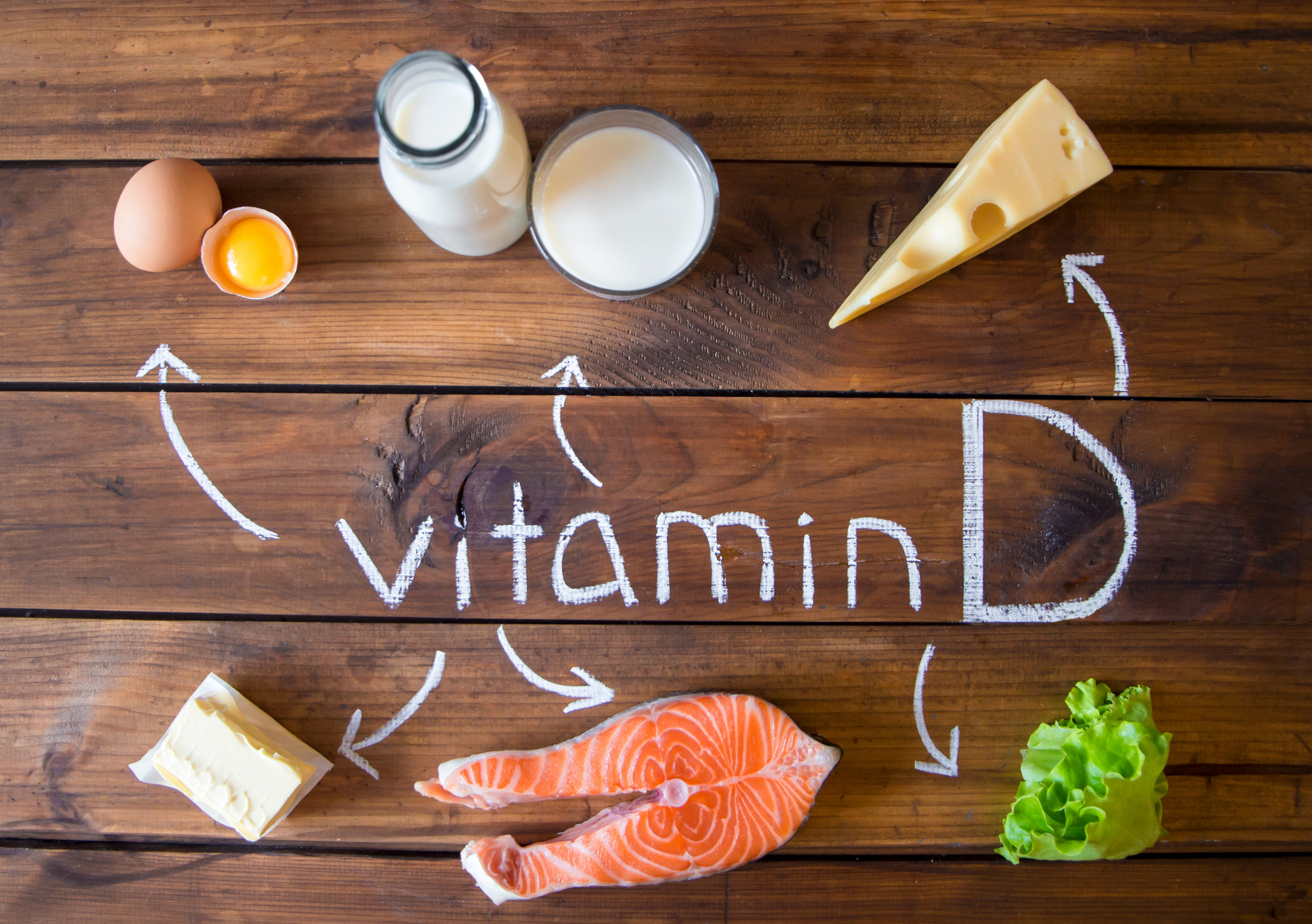Vitamin D – an all-rounder – far beyond the bones
Vitamin D – the sun vitamin – is only known to many as a helper for bone metabolism. You hear and read that you build it up through sun exposure and that you can get a vitamin D deficiency in winter. But vitamin D can do so much more! And that’s exactly why I’m writing this article for you and for the appreciation of vitamin D!
How is vitamin D produced in the body?
Vitamin D is formed in the skin. This requires UVB radiation and a UV index greater than or equal to 3, which is practically not the case here in Germany between November and March. You can check the UV index for any given day on the internet if you wish.
Previtamin D is then formed in the skin – with a UV index of greater than or equal to 3 – by the sun’s UVB rays with the help of 7-dehydro-cholesterol. The previtamin D is then converted into vitamin D by the body temperature.
Vitamin D is also called colecalciferol.
It then travels via the bloodstream to the liver, where it is converted to calcidiol. Calcidiol (25-OH vitamin D) is the value that is measured in the blood in the laboratory to determine the status.
In the kidneys, calcidiol is converted into calcitriol – the vitamin D hormone. However, the conversion into the vitamin D hormone also takes place in many other organs and systems, as has been discovered.
The vitamin D hormone is the actual active vitamin D in the body that works and has all these wonderful preventive and health-promoting effects.
The many and wonderful effects of vitamin D
The following tissues/organs have receptors for the vitamin
- Muscle cells
- Nerve cells
- Mammary gland
- Prostate
- Ovaries, placenta
- Pancreas
- Immune system
- Gastrointestinal tract
- Vessel walls
In plain language, this means that vitamin D also fulfills tasks in all these structures or has an effect.
I will be brief here, as you can read everything in detail in the book by Mr. Gröber mentioned below and I would just like to give you an overview of how extensive the effect of vitamin D is.
Here is a list of the areas in which vitamin D is used and can help
- Elevated blood pressure
- Blood vessels (arteriosclerosis)
- Depressive moods, anxiety
- Stroke
- Heart attack
- Crohn’s disease
- Multiple sclerosis
- Diabetes mellitus
- Neurodermatitis
- Psoriasis
- Immune system
- Pregnancy & breastfeeding
- Parallel to taking medication
- Respiratory diseases
- Alzheimer’s disease
- Anti-aging, cell aging
- Ulcerative colitis
- Cancer
- Menstrual cramps
- Osteoporosis
- Rheumatism
- Elevated triglycerides
- and much more.
And here are a few more important facts about vitamin D
- With age – from around the age of 70, the production of vitamin D in the skin decreases
- As soon as you use sunscreen that exceeds an SPF of 15, vitamin D production is reduced by around 99%
- Tip: Sunbathe for 10-15 minutes, then apply sunscreen; however, you should not get sunburnt; the time depends on the intensity of the sun, your age and your skin type. More on this in the book mentioned below.
- Many medicines disrupt the vitamin D balance and can even break down vitamin D
- A UV index of greater than or equal to 3 is required, UVB rays
- It is almost impossible to get enough vitamin D from food (cod liver oil, mushrooms, butter, herring).
- The darker the skin type, the longer it takes for vitamin D to be produced in the skin when exposed to sunlight
- Exposing your face to the sun is not nearly enough, you need your legs and arms as a body surface!
- Vitamin D is fat-soluble, so it should ideally be taken together with oil
- Vitamin D does not need to be taken in combination with calcium
Source: My knowledge and the facts & figures come from seminars by Mr. Gröber and the wonderful book by Uwe Gröber and Michael F. Holick “Vitamin D – The Healing Power of the Sun Vitamin”, which I can highly recommend.


Leave A Comment